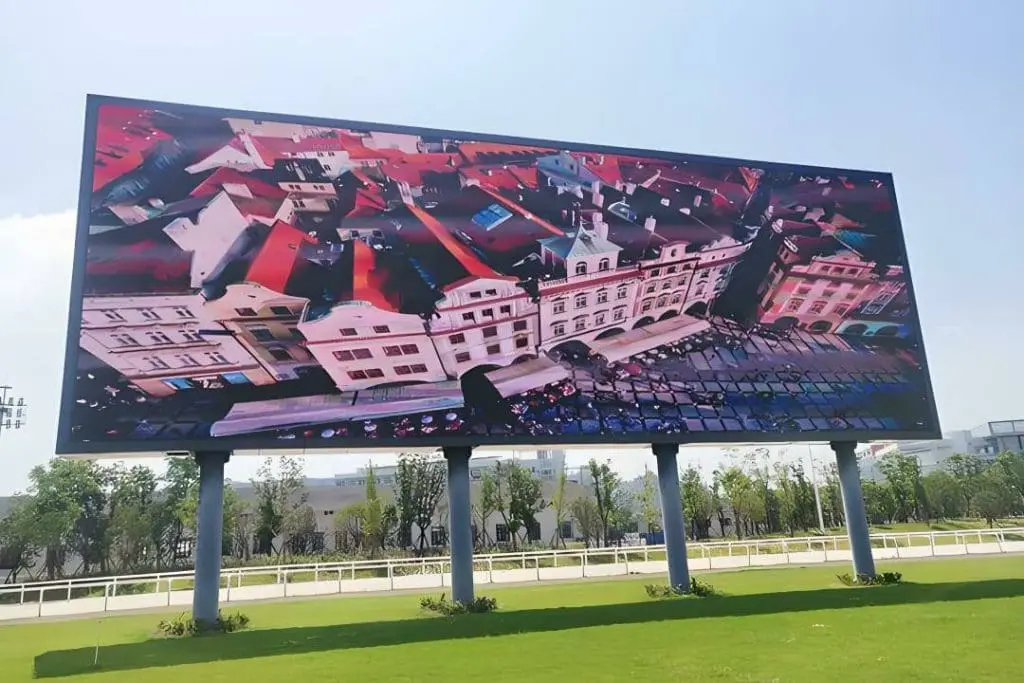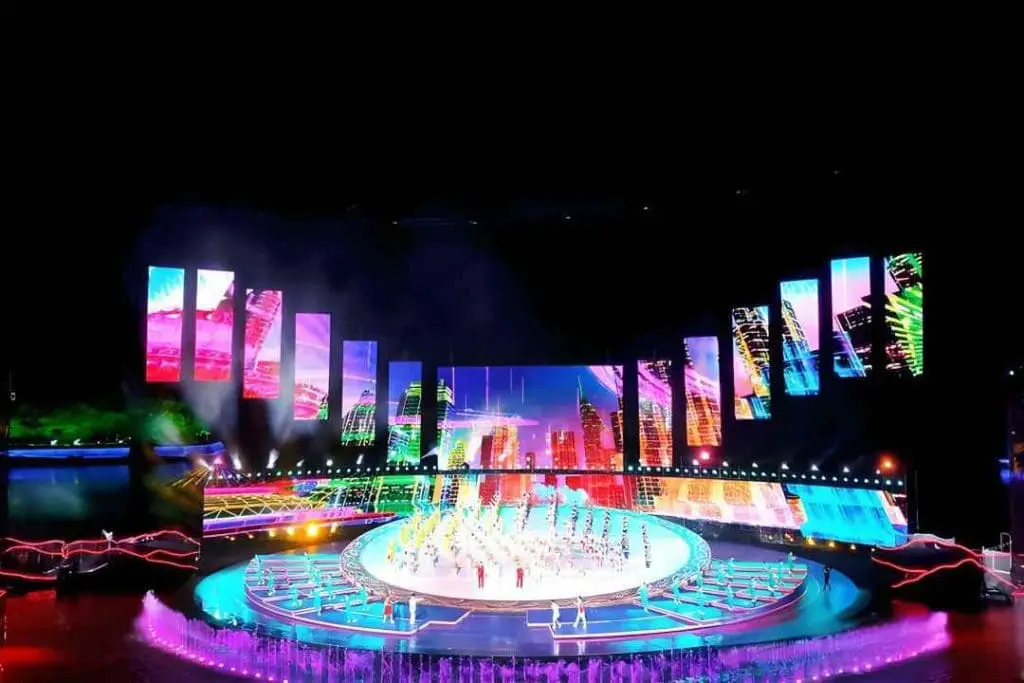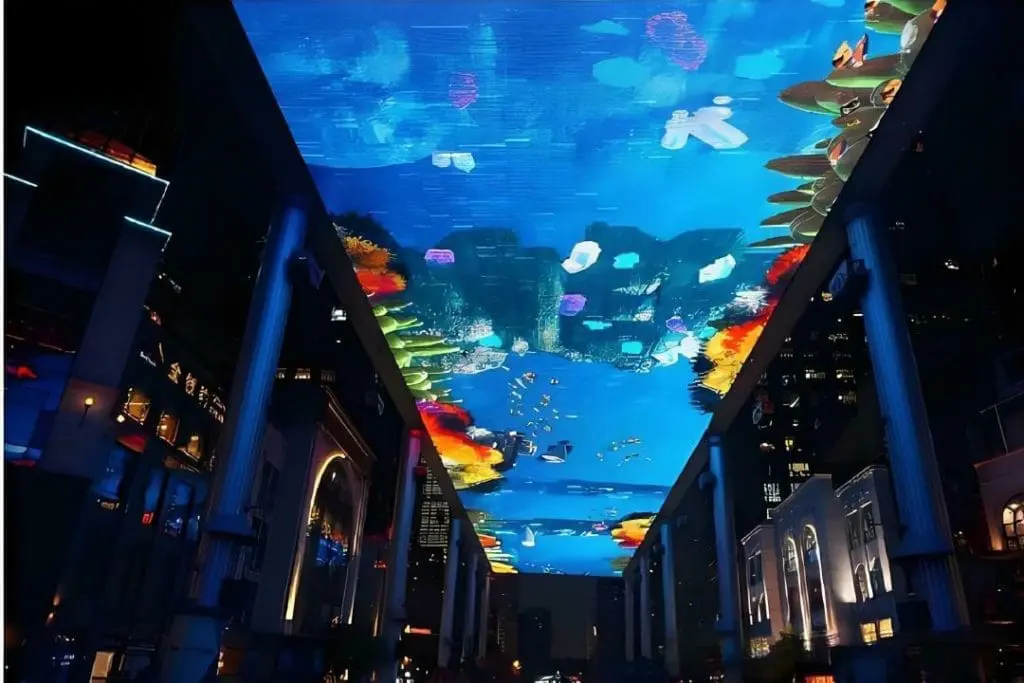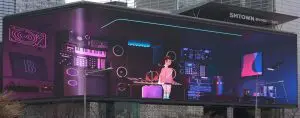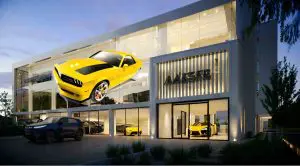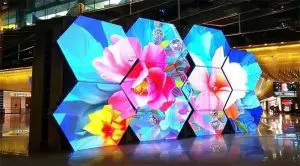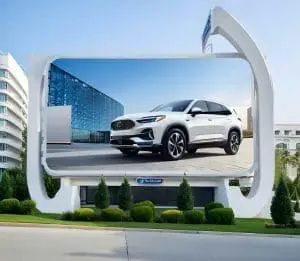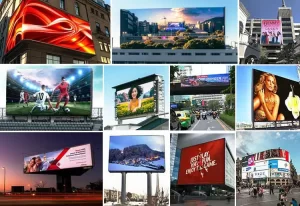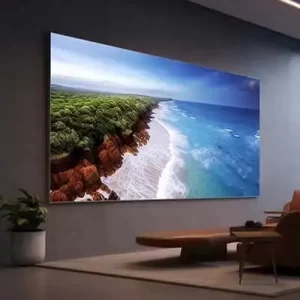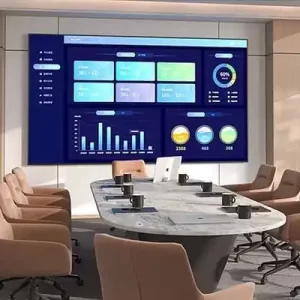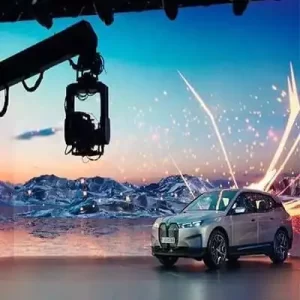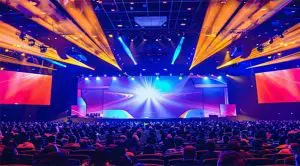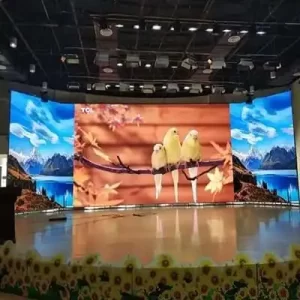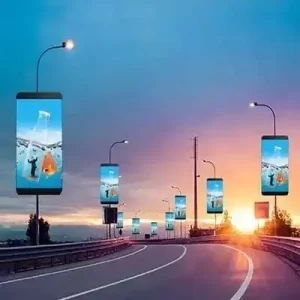A scenic area LED screen is a powerful tool to improve communication, enhance visitor satisfaction, and create unforgettable moments. Whether it’s a nature park, historical site, or cultural attraction, LED Display screens are becoming an essential component of modern scenic areas. They provide dynamic visuals, real-time updates, and interactive content that engage visitors and make their experience more enjoyable.
In this article, we’ll explore the benefits, applications, types, and features of LED screens for scenic areas, ensuring this technology is used effectively to elevate visitor experiences.
What Is a Scenic Area LED Screen?
A scenic area LED screen is a high-definition digital display designed to provide information, entertainment, and instructions in outdoor or semi-outdoor environments. These screens are built to withstand various weather conditions, making them an ideal choice for parks, tourist attractions, and open-air spaces.
Why Are LED Screens Important for Scenic Areas?
LED screens in scenic areas serve multiple purposes, from providing vital information to enhancing the beauty of the site. They:
- Improve visitor communication by displaying real-time updates, maps, and schedules.
- Boost engagement with multimedia content such as videos, animations, and photos.
- Enhance safety by providing emergency alerts and instructions.
- Support branding and promotion by showcasing events, sponsors, or advertisements.
Benefits of Scenic Area LED Screens
LED Screens bring numerous advantages to scenic areas. Here’s why they are indispensable:
1. Real-Time Information Delivery
First and foremost, LED screens allow scenic areas to provide real-time updates, such as:
- Weather conditions.
- Visitor capacity and parking availability.
- Opening hours and event schedules.
This ensures visitors stay informed and enjoy a seamless experience.
2. Enhanced Visitor Experience
In addition, LED screens can enhance the overall visitor experience by offering:
- Interactive maps and wayfinding solutions.
- Multimedia presentations that highlight the area’s history, culture, or attractions.
- Videos of local wildlife, plants, or scenic beauty to create a more immersive experience.
3. Safety and Emergency Alerts
LED screens play a crucial role in ensuring visitor safety. They can:
- Display emergency evacuation instructions.
- Alert visitors to hazardous weather conditions or restricted areas.
- Provide reminders about safety rules, such as staying on trails or keeping a safe distance from wildlife.
4. Promoting Events and Attractions
LED screens are also ideal for showcasing:
- Seasonal events, festivals, or performances.
- Special exhibitions or guided tours.
- On-site amenities like cafes, souvenir shops, or recreational activities.
This encourages visitors to explore all that the scenic area has to offer.
5. Revenue Generation
Finally, LED screens can generate revenue by:
- Displaying advertisements from local businesses or sponsors.
- Promoting paid services, such as ticket upgrades, merchandise, or photo opportunities.
Applications of LED Displays in Scenic Areas
LED Walls can be used in a variety of creative and functional ways to improve the operations and appeal of scenic areas. Here are some popular applications:
1. Entrance Displays
At the entrance of a scenic area, LED Display can:
- Welcome visitors with vibrant visuals.
- Provide ticketing information, pricing, and promotions.
- Display rules and regulations to ensure a safe visit.
2. Interactive Wayfinding
Scenic areas can use interactive LED Walls to:
- Display digital maps with real-time navigation.
- Highlight popular attractions, restrooms, and dining areas.
- Offer multilingual content for international visitors.
3. Informative Content
LED screens can educate visitors by showcasing:
- The history and significance of the site.
- Information about local flora and fauna.
- Videos or animations that explain natural phenomena, such as waterfalls, caves, or volcanic activity.
4. Event Promotion
During special events, festivals, or performances, LED screens are perfect for:
- Announcing event schedules and locations.
- Showcasing promotional videos or trailers.
- Live streaming performances to ensure all visitors can enjoy them.
5. Advertising and Sponsorship
Scenic areas can partner with local businesses to display advertisements on LED screens. For example:
- Nearby hotels, restaurants, or tour operators.
- Eco-friendly brands or outdoor gear companies.
This not only generates revenue but also supports the local economy.
6. Photo Opportunities
Some scenic areas use LED screens to create unique photo opportunities for visitors. These might include:
- Digital backdrops featuring the area’s most iconic views.
- Augmented reality (AR) effects that allow visitors to interact with the display.
Types of LED Screens for Scenic Areas
Choosing the right type of LED screen depends on the location, purpose, and environment of the scenic area. Here are the most common options:
1. Outdoor LED Screens
- Best For: Open-air environments like parks, beaches, and mountain trails.
- Features:
- Weatherproof with IP66+ rating to withstand rain, dust, and temperature changes.
- High brightness (5,000–10,000 nits) for visibility in daylight.
2. Transparent LED Screens
- Best For: Scenic areas with modern architecture or glass structures.
- Features:
- Transparent design that blends seamlessly with the surroundings.
- Ideal for promoting attractions without obstructing views.
3. Freestanding LED Displays
- Best For: Temporary installations or flexible placement.
- Features:
- Easy to move and set up.
- Suitable for event promotions or seasonal campaigns.
4. Curved or Flexible LED Screens
- Best For: Scenic areas with unique architecture or themed zones.
- Features:
- Can be shaped to fit curved surfaces or wrap around structures.
- Perfect for immersive and creative installations.
5. Interactive Touchscreens
- Best For: Wayfinding and visitor engagement.
- Features:
- Touch-enabled screens for navigation, ticketing, or information.
- Supports multiple languages for international visitors.
Key Features to Consider
When selecting an LED screen for a scenic area, prioritize the following features:
1. Weather Resistance
Outdoor LED screens must withstand harsh weather conditions, including rain, snow, dust, and extreme temperatures. Look for screens with an IP66 or higher rating.
2. High Brightness
To ensure visibility in direct sunlight, choose LED Screens with a brightness level of 5,000–10,000 nits.
3. Energy Efficiency
Energy-efficient LED screens reduce operating costs and support the environmental goals of scenic areas.
4. Durability
Select screens made from high-quality materials that can handle frequent use and exposure to outdoor elements.
5. Customization
Scenic areas often have unique requirements, so choose screens that can be customized in size, shape, and design to fit the location’s needs.
Cost of LED Display Screens for Scenic Areas
The cost of an LED screen for a scenic area varies based on size, features, and design. Below is a general price guide:
| Screen Type | Pixel Pitch | Cost per m² (USD) | Best For |
|---|---|---|---|
| Outdoor LED Screen | P3–P6 | $1,000–$2,000 | Open-air environments. |
| Transparent LED Screen | P3–P7 | $1,000–$2,000 | Modern and glass-based structures. |
| Interactive LED Screen | P2–P4 | $1,500–$4,000 | Visitor engagement and wayfinding. |
| Curved LED Screen | P3–P6 | $1,500–$3,500 | Architectural or creative displays. |









